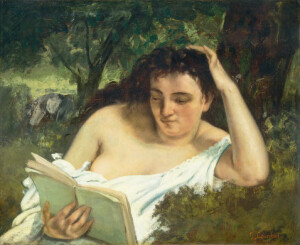On hot summer days when I was a kid I would lie in the grass in the upper meadow at my grandparents’ farm. I stretched out my arms like that guy in Leonardo da Vinci’s drawing. I kept my pants on, though. I stayed as still as I could, pretending to be dead meat. I hoped to entice soaring Turkey vultures to land this close to me. They were never fooled.
Vitruvian Man (via Wikipedia):
The Vitruvian Man (Italian: L’uomo vitruviano; [ˈlwɔːmo vitruˈvjaːno]) is a drawing by the Italian Renaissance artist and scientist Leonardo da Vinci, dated to c. 1490. Inspired by the writings of the ancient Roman architect Vitruvius, the drawing depicts a nude man in two superimposed positions with his arms and legs apart and inscribed in both a circle and square. Described by the art historian Carmen C. Bambach as “justly ranked among the all-time iconic images of Western civilization,”[1] the work is a unique synthesis of artistic and scientific ideals and often considered an archetypal representation of the High Renaissance.
The drawing represents Leonardo’s conception of ideal body proportions, originally derived from Vitruvius but influenced by his own measurements, the drawings of his contemporaries, and the De pictura treatise by Leon Battista Alberti. Leonardo produced the Vitruvian Man in Milan and the work was probably passed to his student Francesco Melzi. It later came into the possession of Venanzio de Pagave, who convinced the engraver Carlo Giuseppe Gerli to include it in a book of Leonardo’s drawings, which widely disseminated the previously little-known image. It was later owned by Giuseppe Bossi, who wrote early scholarship on it, and eventually sold to the Gallerie dell’Accademia in 1822, where it has remained since. Due to its sensitivity to light, the drawing rarely goes on public display, but it was borrowed by the Louvre in 2019 for their exhibition marking the 500th anniversary of Leonardo’s death.
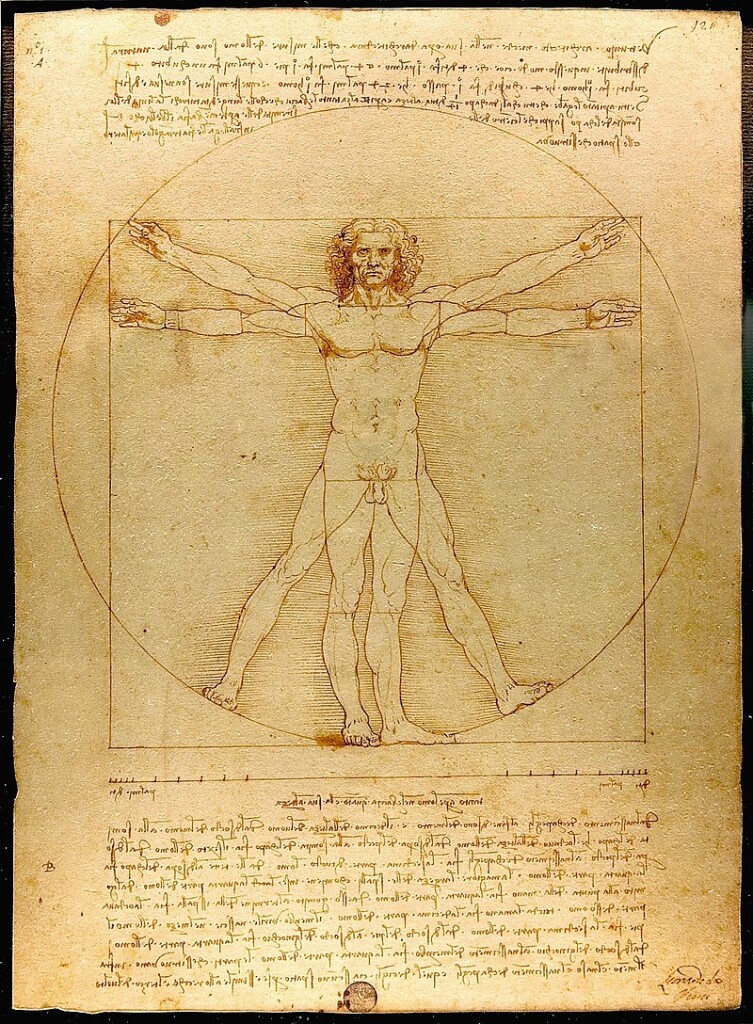
![Steve “the Bouncer” Wilk0s (left) and Jerry Springer. The men stand back-to-back and turn their heads to look at the camera. Bald, taller and stockier than Springer, Steve the Bouncer is dressed informally in a blue open-collar shirt. Bespectacled with graying hair, Jerry wears a suit jacket, customary garb of a TV host. He extends his right arm toward the camera in a gesture of welcome. [Via Entertainment Tonight 042723]](https://www.ghostturtles.com/wp-content/uploads/2023/04/Jerry-Springer-j1-300x169.jpg)
![An Eastern Dogwood tree is covered with white flowers on bare branches on April 26, 2023. The 15-foot Dogwood stands out against a backdrop of tall fir and pine trees. Along the photo’d left edge, a gravel country road stretches out into open farm fields. The location is the Lloyd Kennedy Arboretum at Ellis Pond in Yellow Springs, Ohio. [Photo by Mark Willis]](https://www.ghostturtles.com/wp-content/uploads/2023/04/Dogwood-Ellis-Pond-042623-2-IMG_0767.jpg)
![State Representative Justin Jones leaving the Tennessee House chamber after being expelled for leading a gun-control protest on April 5, 2023. [Credit: Jon Cherry for The New York Times]](https://www.ghostturtles.com/wp-content/uploads/2023/04/12JUSTIN-WHITESUIT-01-wtvk-articleLarge-300x200.jpg)
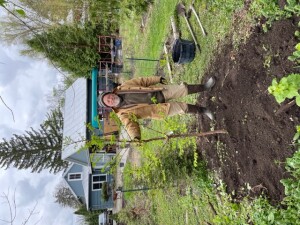
![A small Serviceberry tree is covered with white flowers on bare branches on April 18, 2023. After the flower petals drop, green leaves will emerge at the beginning of May, followed by reddish-purple berries in June. The berries make excellent jam! The 5-year-old tree is about 2 feet tall. [Photo by Brendan Willis]](https://www.ghostturtles.com/wp-content/uploads/2023/04/Serviceberry-blooming-IMG_0759-041623-300x225.jpg)
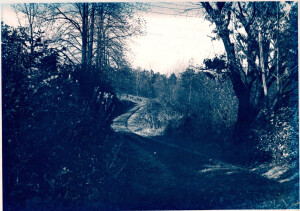
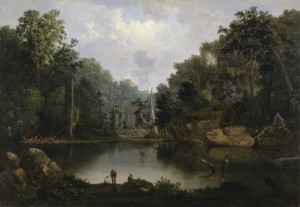

![Sandhill cranes land on Platte River sandbar roosts west of Rowe Sanctuary’s Iain Nicolson Audubon Center southwest of Gibbon, Nebraska. [Photo by Lori Porter| Kearney Hub]](https://www.ghostturtles.com/wp-content/uploads/2015/03/sandhill_cranes_kearneyhub_032015-300x225.jpg)
![An endangered Whooping crane takes flight. Yhe large bird has a 7-foot wingspan. It is all white except for black wing tips and face markings. In this photo its long neck stretches forward; its wings sweep upward; and its black legs trail straight behind it. [Source: International Crane Foundation]](https://www.ghostturtles.com/wp-content/uploads/2023/03/Whooping-crane-eastern-ICF-080622-300x157.jpg)

![Mark Willis peruses a 1745 volume by Voltaire at a bouquiniste book stall on the banks of the Seine in Paris. He wears a brown leather jacket and checkered flat cap. He holds the open book in his hands. Rows of old books are seen on shelves behind him. [2005 photo by Ms. Modigliani]](https://www.ghostturtles.com/wp-content/uploads/2023/03/mw_bouquiniste_05-300x225.jpg)


